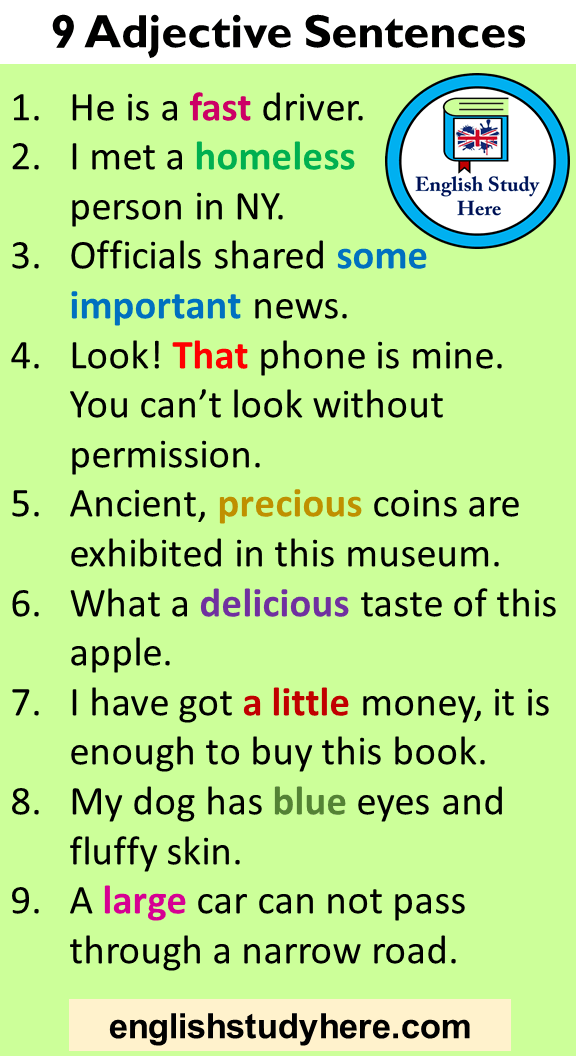

For example, in the sentence,“The man wearing the hat winked at me,” the phrase wearing a hat modifiesthe noun man, so it is an adjective phrase. Though we usually think of adjectives as words, these parts of speech are phrases and clauses can also function adjectivally.

Other suffixes often used to create adjectives include -al, -ary, -able and – ible, –ish, -ic, -ical, -less, -like, -ous, -some, and -y. Some adjectives take the form of participles (verbs ending in -ed or -ing), and many others are not formed from nouns or verbs but are original in themselves-for example, close, deep, slow. For example, when we add the suffix -ful to the noun beauty, makes the adjective beautiful, and adding the suffix -able to the verb read makes the adjective readable. Some common adjectives are formed when we add a suffix to a noun or verb. How Adjectives WorkĪdjectives take many forms. For example, red, quick, happy, and obnoxious are adjectives because they can describe things- a red hat, the quick rabbit, a happy duck, an obnoxious person. Adjectives are words that are used to describe or modify nouns or pronouns.


 0 kommentar(er)
0 kommentar(er)
